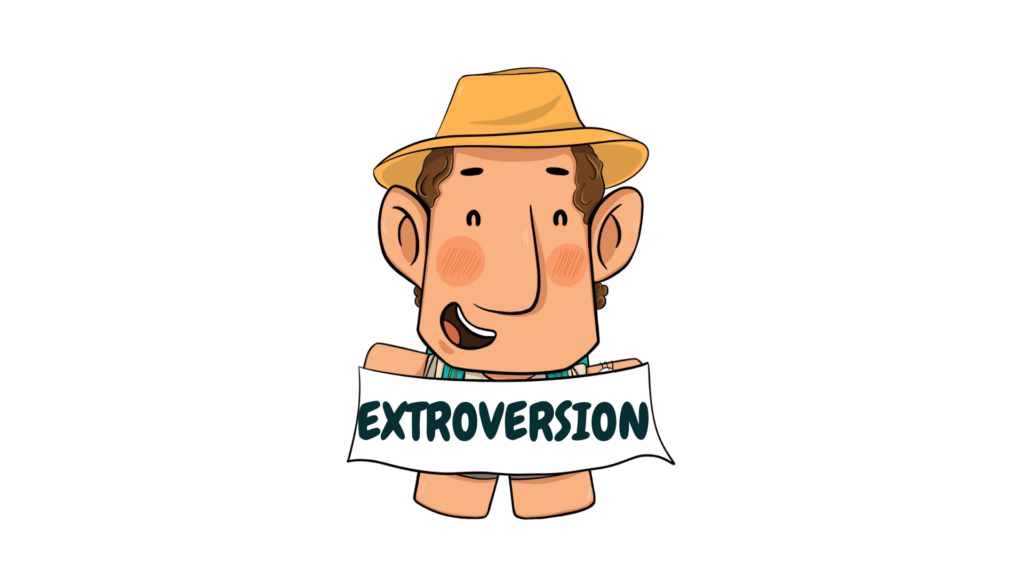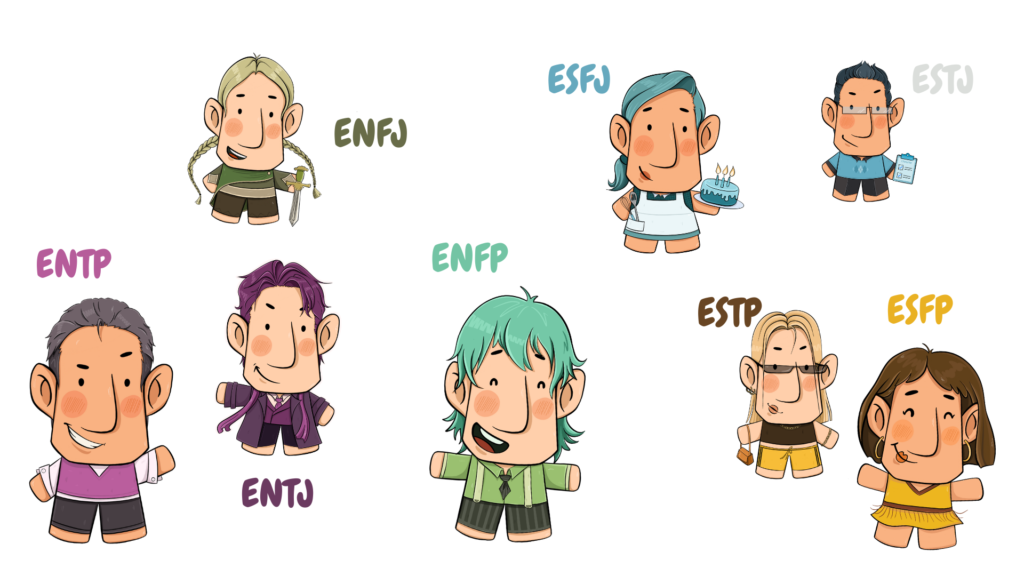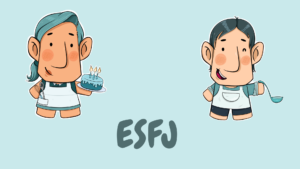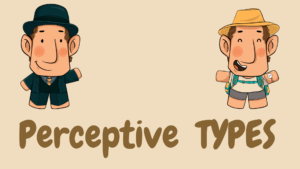
Are you the life of the party, the social butterfly, the human Energizer Bunny who thrives on the exhilarating energy of social interactions? Do you effortlessly captivate others with your charm, leaving behind a trail of laughter and positive vibes wherever you go? If so, congratulations, you may just have been blessed with the gift of extroversion! You shine brightly as the sun in the center of the social universe. So get ready to embark on a thrilling journey into the dynamic world of extroversion.
Where Did the Extroversion Come From?
Did you know that the term “extroversion” was coined by the renowned Swiss psychiatrist Carl Jung in the early 1900s? Jung used this term to describe individuals who were more focused on the external world and were energized by social interaction and stimulation. On the other hand, introverted individuals were more focused on their inner world and were energized by solitude and reflection.
Jung’s theory of personality types, which included extroversion and introversion, became incredibly popular and influenced many other personality theorists, including Hans Eysenck. Eysenck developed a personality model that included three dimensions: extroversion-introversion, neuroticism-stability, and psychoticism-superego functioning.
Today, the terms “extroversion” and “introversion” are widely used in psychology and popular culture to describe personality traits. Extroverted individuals are often seen as outgoing, sociable, and energetic, while introverted individuals are often seen as quiet, reserved, and reflective. However, it’s important to remember that these traits exist on a spectrum, and most people exhibit both extroverted and introverted tendencies at different times and in different situations.

Who Are Extroverts?
Extroversion is a personality trait that is characterized by a preference for social interaction and stimulation. Extroverts tend to be outgoing, talkative, and energized by being around others. Some key characteristics of extroverts include:
· Social Caffeine
Extroverts in MBTI are like a shot of social espresso, buzzing with energy and vitality from human connections. Their upbeat, outgoing nature fuels them with a contagious zest for life. Picture the Energizer Bunny—always ready to energize the group with their vibrant presence and keep the social dynamics hopping.
· Adventure Architect
Extroverted types are the daring architects of excitement and new experiences. Their love for adventure propels them to dive headfirst into the unknown, turning life into a thrilling journey. Think of them as the avant-garde pioneers, fearlessly charting unexplored territories and pushing the boundaries of what’s possible.
· Collaboration Connoisseur
For extroverts, collaboration is second nature. They excel at orchestrating group harmony, motivating team members, and sparking innovative ideas. They are the conductors of cooperation, harmonizing diverse voices into a symphony of productivity and creativity. Whether it’s brainstorming sessions or group projects, they shine brightest when working alongside others.
· The Eternal Sunshine
Extroverts radiate a sunny disposition that brightens even the darkest days. Their unwavering optimism acts as a beacon of hope, guiding others through challenges with a smile. Despite stormy weather, they see rainbows on the horizon, uplifting spirits and spreading rays of cheer wherever they go.
· Social Sweetheart
Extroverts are the hearts that beat with empathy and compassion, always ready to lend an ear and offer a helping hand. Their warmth and understanding create a safe space where others feel heard and valued. Like a cozy gathering around a fireplace, they nurture connections and build a community rooted in care and support.
· Verbal Virtuoso
Extroverts are the maestros of conversation, spinning verbal tapestries with flair and finesse. Their witty remarks and animated discussions light up the room, drawing in listeners like moths to a flame. They’re the wordsmiths of banter, effortlessly weaving humor and insight into every dialogue, though occasionally veering into the realm of the never-ending story.
It’s important to recognize that extroversion is not a weakness, but rather a unique aspect of one’s personality. Extroverts have many strengths, including their ability to connect with others easily, take action quickly, and bring energy and enthusiasm to their relationships and work. Understanding one’s own level of extroversion can be helpful in navigating social situations, choosing a career path, and managing stress.

Continuum of Extroversion, Ambiversion and Introversion
The continuum of extroversion, ambiversion, and introversion is a way to describe an individual’s personality traits related to social behavior and preferences. It is a scale that ranges from extroversion on one end, ambiversion in the middle, and introversion on the other end.
Extroverts are like social butterflies, flitting from one group to another with ease and charm. They thrive on the energy of others and love to be the center of attention. They are energized by social interaction and often seek out new experiences. They are typically assertive, confident, and comfortable in large groups.
On the other hand, introverts are like wise owls, observing the world around them with a quiet intensity. They prefer deep conversations and introspection to shallow small talk. They prefer solitude and reflection to social interaction. They are often seen as thoughtful, reflective, and analytical. They tend to avoid large crowds and noisy environments, preferring smaller groups or one-on-one conversations.
Ambiverts exhibit both extroverted and introverted traits depending on the situation. They are flexible in their social behavior and can adapt to different social situations. They may enjoy socializing but also need alone time to recharge.
It’s important to note that these categories are not black-and-white, but rather exist on a continuum. Most people fall somewhere along this continuum, exhibiting varying degrees of extroverted and introverted traits depending on the situation. Understanding where one falls on this continuum can help individuals better understand their own behavior and preferences, as well as those of others.

Pros and Cons of Being an Extrovert
Pros of extroverted persons
The Social Superhero
Extroverts effortlessly charm their way through social gatherings, making every party a hit and turning strangers into friends. Their magnetic personality and energy light up the room, ensuring that everyone has a blast and feels included in the fun.
Networking Ninja
Extroverts excel at building and maintaining networks, opening doors to new opportunities and creating a web of support. Their ease in forging connections can lead to exciting collaborations, job prospects, and a diverse range of relationships that enrich their lives.
Spotlight Specialist
Extroverts thrive in the spotlight, captivating audiences with their charisma and engaging storytelling. Their ability to shine in social settings can lead to exciting public speaking opportunities, leadership roles, and a strong presence in social media platforms.
Energizer Bunny
Extroverts bring a contagious energy to any situation, infusing enthusiasm and positivity into their interactions. Their high spirits uplift others, creating an atmosphere of excitement and motivation that inspires those around them.
Team Dynamo
Extroverts excel in team settings, fostering cooperation, communication, and creativity within group dynamics. Their knack for teamwork enhances productivity, sparks innovation, and cultivates a supportive environment where ideas flourish and projects thrive.
Cons of extroverted persons
Oversharing Oracle
Extroverts may sometimes overshare personal details or thoughts, leading to awkward or inappropriate situations. Their openness and gregarious nature can occasionally border on TMI territory, causing discomfort for themselves and others.
FOMO Fighter
Extroverts may struggle with FOMO, feeling anxious about missing social events or opportunities for connection. Their desire to be everywhere and do everything can lead to burnout and a sense of constantly chasing after the next exciting thing.
Serial Interrupter
Extroverts may have a tendency to interrupt others in conversations, inadvertently overshadowing voices and opinions. Their enthusiasm to share ideas and engage in discussion can sometimes result in a pattern of interrupting, hindering effective communication and listening.
Scatterbrained Socialite
Extroverts’ love for socializing can sometimes lead to scattered focus and difficulty in prioritizing tasks or maintaining routines. Their enthusiasm for social interactions may divert attention from critical responsibilities, causing challenges in time management and task completion.
Empathy Overshadow
Extroverts may struggle to focus on their own emotional needs amidst prioritizing the feelings and experiences of others. Their empathetic nature can sometimes result in neglecting self-care and introspection, leading to emotional exhaustion and difficulty in setting boundaries.
Understanding these traits can help both extroverts and those around them navigate and appreciate the richness and diversity of personality types in social and professional environments.

Extraversion Assessment Methods
There are different methods for evaluating people’s extroversion, which we mention some of them.
Myers-Briggs Type Indicator (MBTI)
Myers-Briggs Type Indicator (MBTI) is a personality assessment tool that measures various aspects of personality, including extraversion and introversion. It asks individuals to answer a series of questions about their behavior, preferences, and attitudes to determine their personality type.
Big Five Personality Test
This test measures five key personality traits, including extraversion, using a series of questions that ask individuals to rate themselves on a scale from strongly agree to strongly disagree.
Eysenck Personality Inventory (EPI)
This is a self-report questionnaire that measures three dimensions of personality, including extraversion. It asks individuals to answer a series of questions about their behavior and attitudes to determine their personality profile.
NEO Personality Inventory
This is a personality assessment tool that measures five key personality traits, including extraversion. It asks individuals to answer a series of questions about their behavior, preferences, and attitudes to determine their personality profile.
Social Interaction Anxiety Scale (SIAS)
This is a self-report questionnaire that measures anxiety related to social interaction. It asks individuals to rate the level of anxiety they experience in various social situations, which can be used to infer their level of extraversion or introversion.

Factors Affecting Extroversion
Many factors affect the intensity of our extroversion, some of which we will mention.
Research has shown that genetics play a significant role in determining a person’s level of extroversion. A study published in the Journal of Personality and Social Psychology found that identical twins had more similar levels of extroversion than fraternal twins, indicating a genetic component to this personality trait (Bouchard Jr. et al., 1990). Another study published in the same journal found that a gene called DRD4, which is involved in dopamine signaling in the brain, was associated with higher levels of extroversion (Ebstein et al., 1996).
Environmental factors also play a role in shaping extroversion levels. A study published in the Journal of Personality found that individuals who grew up in larger families had higher levels of extroversion, possibly due to increased socialization opportunities (Lippa, 2009). Another study
published in the same journal found that cultural values that prioritize socializing and assertiveness were associated with higher levels of extroversion (Schmitt et al., 2007).
In terms of life experiences, research has shown that engaging in social activities can increase extroversion levels. A study published in the Journal of Personality and Social Psychology found that individuals who engaged in more social activities over a six-month period showed an increase in extroversion (Hudson & Fraley, 2015).
Personality traits have also been found to be correlated with extroversion. A study published in the Journal of Personality and Social Psychology found that individuals who scored higher on measures of openness to experience, agreeableness, and emotional stability tended to be more extroverted (Costa & McCrae, 1992).
Regional Diversity
There have been several studies that have examined regional variation in extraversion across the world. Here are some of the key findings:
North America
Rentfrow et al. (2013) found that the most extraverted regions in the United States were the West Coast, the South, and the Midwest. The least extraverted regions were New England and the Mid-Atlantic. In Canada, McCrae and Costa (1997) found that people in the Western provinces tended to be more extraverted than those in the Eastern provinces.
Europe
Schmitt et al. (2007) conducted a study on regional personality differences in Germany and found that people in the Western regions tended to be more extraverted than those in the Eastern regions. Rentfrow et al. (2013) found that in Great Britain, the regions with the highest levels of extraversion were London, the South East, and Scotland. The regions with the lowest levels of extraversion were Wales, the North East, and East Anglia. In Italy, Terracciano et al. (2008) found that people in the Northern regions tended to be more extraverted than those in the Southern regions.
Asia
Cheung et al. (2013) conducted a study on regional personality differences in China and found that people in the Northern and Northeastern regions tended to be more extraverted than those in the Southern and Central regions.
South America
Costa et al. (2001) found that people in Brazil tended to be more extraverted than those in Argentina and Chile.
In general, there is some evidence to suggest that people in Western cultures tend to be more extraverted than those in Eastern cultures. However, there are also significant regional differences within countries that can impact extraversion levels. It’s important to note that these findings are based on group-level differences and do not necessarily apply to every individual within a given region.




